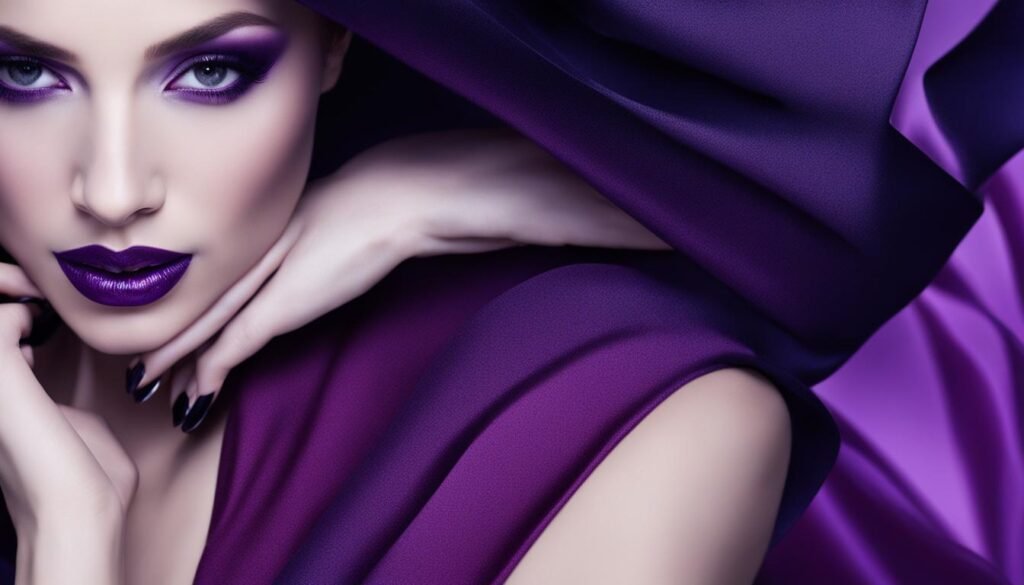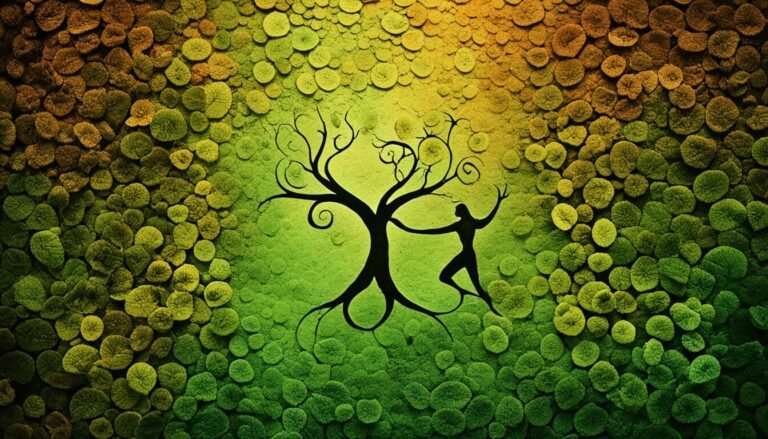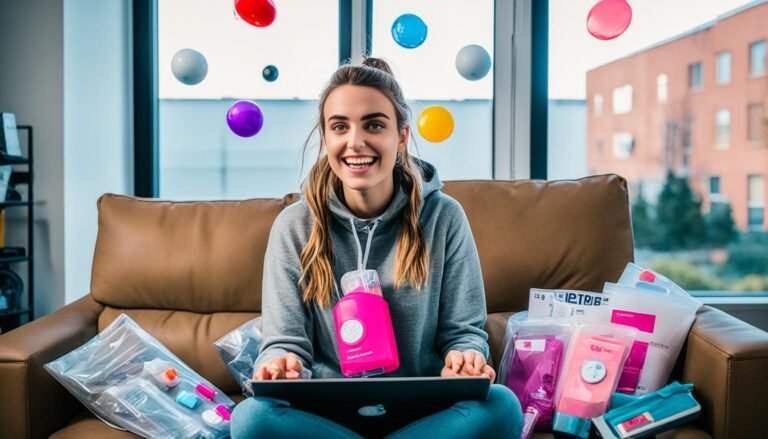What color makes girls turned on?
Have you ever wondered if color can make a difference in attracting and turning on girls? It turns out that color psychology suggests specific colors can elicit different neural reactions, impacting our emotions and behavior. So, which color has the potential to ignite passion and sensuality in women?
Key Takeaways:
- Color can influence our emotions and behavior, including attraction and sensuality.
- Red is associated with passion and intensity, while pink conveys tenderness and calmness.
- Brown, reminiscent of chocolate, has been linked to increased sexual activity.
- Gray, silver, and blue may not be ideal for creating a passionate atmosphere.
- Purple is associated with opulence and emotion, and green creates a calming environment.
- Yellow can be an irritant, while black is considered alluring and mysterious.
- Ultimately, a person’s attraction is primarily based on their personality and behavior.
The Psychological Fascination of Red
When it comes to the realm of attraction, the color red holds a special place. Red is widely regarded as the color of passion, energy, and desire. Its vibrant hue has a powerful impact on our emotions and can elicit intense neural reactions.
The association between red and passion is deeply rooted in our psychology. Multiple studies have shown that exposure to the color red can increase heart rate and blood pressure, creating a physiological response similar to the arousal experienced during moments of passion.
The allure of red lies in its ability to symbolize intensity and sensuality. Whether it’s a vibrant red dress, a pair of enticing red high heels, or the passionate red roses, this color exudes a magnetic pull that can’t be ignored.
“Red is the color of fire and blood, so it is naturally associated with energy, war, danger, strength, power, determination, as well as passion, desire, and love.” – Color Matters
However, while red is undoubtedly a bold and captivating color, it may not be the ideal choice for bedroom walls. Too much red can overstimulate the senses and create a restless environment, hindering relaxation and sleep. Instead, incorporating red accents, such as throw pillows, lingerie, or flowers, can evoke a sense of passion and desire without overwhelming the space.
Symbolism and Meanings of Red
| Color Symbolism | Meanings of Red |
|---|---|
| Passion | Red is associated with intense emotions, love, and desire. |
| Energy | Red symbolizes vitality, strength, and action. |
| Attraction | Red captures attention and has a compelling effect on others. |
In summary, the psychological fascination of red lies in its ability to evoke passion, energy, and attraction. Incorporating red accents in the right places can stimulate desire and create a sense of intensity. However, it’s important to strike a balance and avoid overwhelming the space with too much red. Let the power of red work its magic subtly, igniting sparks of passion and desire in just the right measure.
The Effect of Other Colors
In addition to red, there are various other colors that can influence our emotions and create different atmospheres in the context of attraction and intimacy. Let’s explore the effects of these colors in more detail:
- Pink: While pink is often associated with romance, soft pinks convey a more nurturing and calming sentiment rather than intense sexual attraction. It is a color that creates a sense of tranquility and comfort.
- Brown: Surprisingly, walls painted in caramel brown have been linked to increased sexual activity. This might be because the color resembles the aphrodisiac qualities of chocolate, which is known to enhance desire and pleasure.
- Gray and Silver: Gray and silver are often perceived as cold, clinical, or even robotic. They may not create the desired atmosphere for intimacy, as they can evoke a sense of detachment and sterility.
- Purple: Purple is a complex color that has historically been associated with opulence and royalty. It is also known for its emotional qualities, evoking feelings of luxury and sophistication. Lighter shades of purple, such as violet, can evoke a soothing and calming effect, making them suitable for the bedroom.
- Yellow: Yellow is a cheerful and bright color, but it can also act as an irritant due to its high intensity of light reflection. It may not be the best choice for creating a relaxed and intimate atmosphere.
- Blue: Blue is often associated with stability and trust. However, it may not be the most suitable color for creating a passionate ambiance. Blue has a calming effect that can promote tranquility rather than excitement.
- Green: Green is known for its healing properties and association with nature. It has a soothing and refreshing effect, making it an excellent choice for creating a calming atmosphere in the bedroom.
- Black: Black, technically not a color, is considered alluring and mysterious. It is often associated with seduction and elicit behavior. In the context of lingerie and intimate apparel, black can enhance a sense of allure and ignite curiosity.

In summary, each color has its own unique psychological effect and can influence the atmosphere and emotions in different ways. While some colors like pink and green create a soothing and nurturing environment, others like brown and black evoke feelings of sensuality and allure. Understanding the impact of color can help you create the desired ambiance for intimacy.
Conclusion
While color can certainly set a certain mood and evoke specific emotions, it’s important to remember that true attraction is rooted in a person’s personality and behavior. Simply wearing a particular color may grab attention, but it doesn’t guarantee genuine attraction from women. What women are truly drawn to are men who exude confidence, charisma, and a sense of humor.
Displaying these qualities and behaviors that make a woman feel feminine and desired, such as embracing masculinity and making her laugh, hold far more significance than the color of your clothing. It’s crucial to focus on developing these personal attributes rather than relying solely on the power of color to attract women.
Understanding the impact of color attraction is just one piece of the puzzle. Ultimately, it’s your personality and behavior that will capture a woman’s attention and create a genuine connection. So, while it’s fun to experiment with different colors, remember that true seduction stems from confidence, charm, a sense of humor, and embracing your masculinity.






